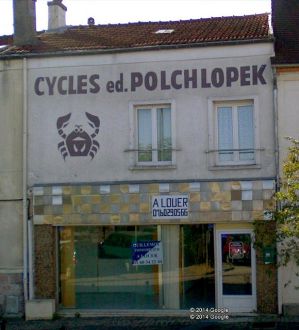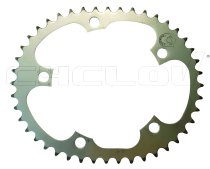



CYCLOV trademark © 2017 all rights reserved, including images, text and graphics - All rights reserved - legal notices - Design: Cyclov ©






Exhibitions bikes Nantes
Exhibitions bikes Le Mans
Exhibitions bikes Lyon
Exhibitions bikes Paris
Exhibitions bikes Marseille
Exhibitions bikes Lille
Exhibitions bikes Saint Nazaire
Exhibitions bikes Tours
Exhibitions bikes Clermont Ferrand
Exhibitions bikes Nice
Exhibitions bikes Montpellier
Exhibitions bikes Bordeaux
Exhibitions bikesLe Havre
Exhibitions bikes Saint Etienne
Exhibitions bikes Toulouse
Exhibitions bikes Toulon
Exhibitions bikes Rouen
Exhibitions bikes Amiens
Exhibitions bikes Orléans
Exhibitions bikes Mulhouse
Exhibitions bikes Nîmes
Exhibitions bikes Angers
Exhibitions bikes Chartres
Exhibitions bikes Reims
Exhibitions bikes Limoges
Exhibitions bikes Poitiers
Exhibitions bikes Rennes
Exhibitions bikes La Rochelle
Exhibitions bikes Mayenne
Exhibitions bikes Caen
Exhibitions bikes Strasbourg
Exhibitions bikes Grenoble
Exhibitions bikes Aix en Provence
Exhibitions bikes Cherbourg
Exhibitions bikes Lorient
POLCHLOPEK - 1987
Weight: 10,450 kg
Edmond Polchlopek is a French professional cyclist and designer of bikes. He died at the age of 70 years.
Polchlopek was a professional cyclist [1] from 1961 to 1964 in the teams Rochet-Margnat and Margnat Paloma. In 1985, he was still world champion veteran on a bike designed by himself
Even before aerodynamics played a major role in the design of the bikes, Polchlopek used flat steel tubes for his bikes. Manufactured by Gautier Troussel] in Longueville, their tensile strength was then twice as great as those produced by the competitor Reynolds [ref. born
In the tradition of many inventors since the 1890s, he developed an elliptical tray, commonly known as the Polchlopek plateau. Marketed in 1978, the ovoid shape of the tray aims to decrease the lever arm at the high and low points, allowing faster passage of these dead spots and increasing the lever arm in the power phase of the lower limb. A study [6] based on a mathematical model showed that the Polchlopek plateau was developed intuitively close enough to the optimal shape.
Despite several models of oval trays launched since the 1990s, its real benefits are still bitterly discussed. Its use is still current and is used by several champions, but it has not become widespread among professional cyclists.
Copyrighted reproduction
Polchlopek oval tray
POLCHLOPEK - 1987 (France)












